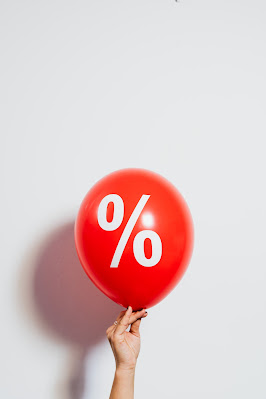You may probably know that - “A percentage
is a fraction with a denominator of 100. A percentage may be expressed using
the term itself, such as 25 percent, or using the % symbol, as in 25%.” But have
you ever thought what could be the real life applications of Percentage?
The
calculation of various kinds of rates by way of percentages is the backbone of
a wide range of mathematical applications, including taxes, restaurant tips,
bank interest, academic grades, population growth, and sports statistics.
The
better understanding of a multitude of everyday concepts and activities will be
determined, directly or indirectly, by an appreciation of the ability to
perform the percentage calculation.
Percentages
play a key role in the following areas:
1.) Voting patterns and election results:
Percentages are used to take the large numbers of persons who may vote in an election, and reduce the figures to a result that is often easier to understand.
2.) Automobile performance:Octane is a term that is familiar to everyone who has ever used gasoline as a fuel for a vehicle. In general terms, the octane rating refers to how much the fuel can be compressed before spontaneously igniting, an important factor in optimizing the performance of the internal combustion engine. While the public generally associates high octane requirements as required for certain motor vehicle models with more powerful engines and vehicle performance, the octane rating represents the percentage between the hydrocarbon octane (or similar composition) in relation to the hydrocarbon heptane. For example, an 87 octane rating (a common minimum in the United States) represents an 87 percent octane, 13 percent heptane mixture in the fuel.
3.) Clothing composition and manufacture:Most clothing is sold with a tag or other indication as to its material composition. For example, it is common to see a label on a shirt indicating 65% cotton, 35% polyester, or a sweater marked as 100% wool.
4.) Vacancy rates:The availability of vacant apartment space in a particular city is of great importance to prospective residents and existing apartment dwellers alike. The vacancy rate is expressed as a percentage to provide interested persons with an indicator as to the relative ease or difficulty to obtain particular types of rental accommodation. Vacancy rates can be viewed as of a particular period (for example, the vacancy rate in Spokane was 1.8% in April), or as a calculation increase or decrease from period to period (for example, the vacancy rate in Toronto fell 0.7% last month).
These were the real life applications of Percentage.





Comments
Post a Comment